In my years as a scary movie addict, I’ve found that the best horror films aren’t necessarily the ones that frighten you while you’re watching them. Of course, most horror movies need a few jolts to keep their audience alert. However, the ultimate goal of a terrific horror movie should be the unease it leaves you with, keeping you from falling asleep at night. Whether it be the image of Jack Nicholson slamming an ax through a bathroom door or the shocking final twist of DON’T LOOK NOW, every great horror film has to leave a terrifying and horrific imprint on its viewer for days afterward. But not every movie that leaves such an imprint has to be genre fare.
Psychological thrillers, dark character dramas, and other genres can be just as scary—or even more so—than the typical horror movie you’d find in the bowels of Netflix. The five films I’ve listed below all deserve their place alongside members of the horror canon. The monsters in these movies are not vengeful ghosts or crazed serial killers, but human beings, corrupted and distorted by power, drugs, or the society that surrounds them. For those who have a craving for a different type of horror film, look no further: this is the list for you.
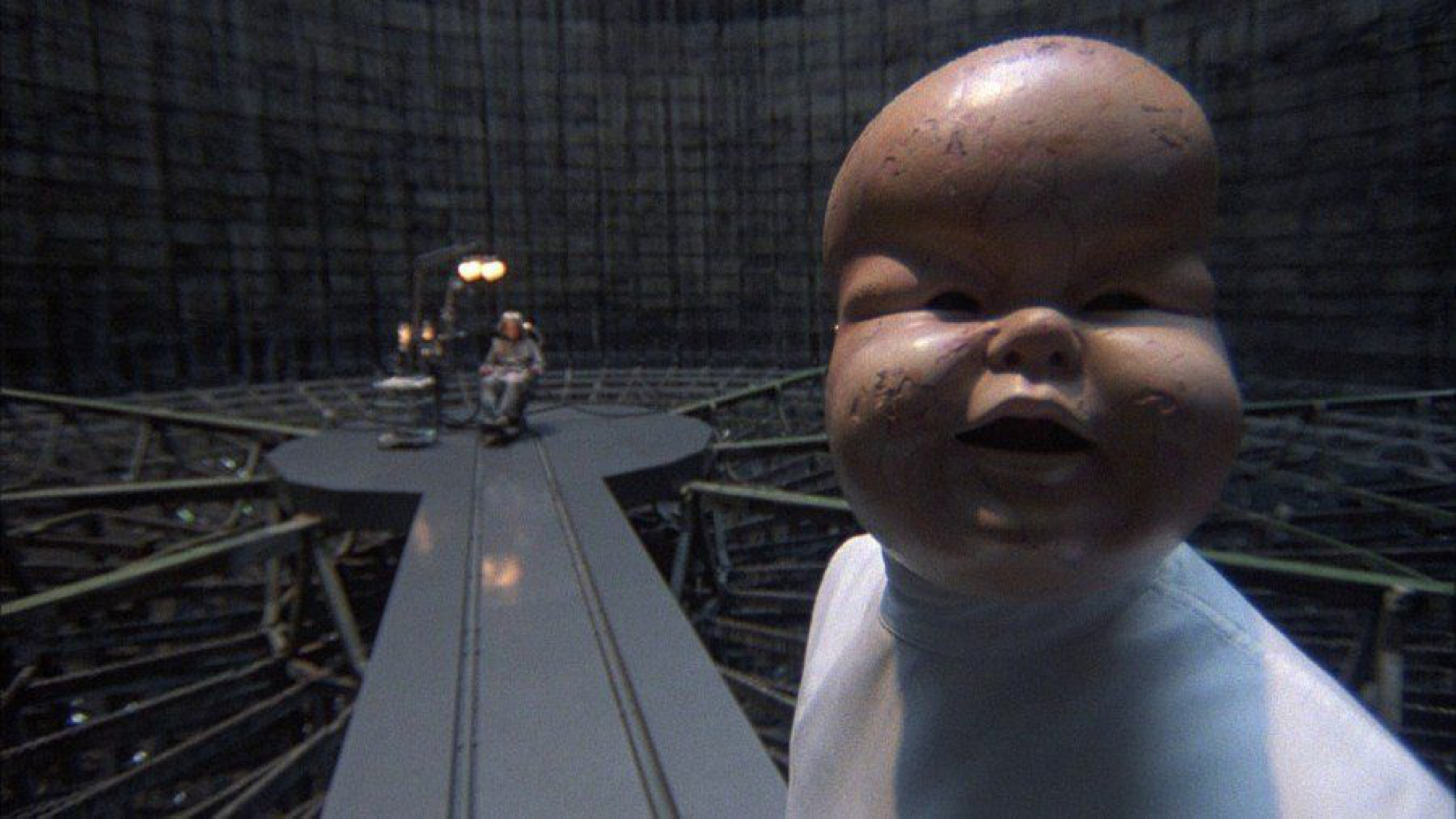
BRAZIL
Director: Terry Gilliam
Year: 1985
Probably the most obscure film on this list, visionary Terry Gilliam’s BRAZIL is a masterpiece of science fiction and dark comedy. Starring Jonathan Pryce as befuddled office worker Sam Lowry, BRAZIL was originally meant to be called 1984 ½, a reference to George Orwell’s classic novel. There are similarities between Orwell and Gilliam’s respective visions: both are set in dystopian England, where government controls most aspects of life and citizens fear secret police. However, where Orwell imagined a society controlled by extreme fascism, Gilliam instead pictured England as ruled by an inept and incapable system of bureaucracy. The beginning demonstrates this perfectly: an office worker accidentally mistypes a name, causing the wrong man to be arrested and taken by the secret police.
BRAZIL could easily be classified as a horror movie due to its jaw-dropping imagery alone. Along with the futuristic setting and technology, Lowry has several fantasies where he fights off hideous monsters to save a damsel in distress. Gilliam’s predictions of the future are also terrifying for how much people rely on a failed bureaucracy and increasingly unreliable machines and technology. However, what really makes BRAZIL stand out as a scary film is its rapidly paced and ultimately disturbing finale. Lowry escapes being tortured by the secret police and runs through the streets until he finds his love interest Jill (Kim Greist), barely making it out alive. However, this “happy ending” is revealed to be nothing more than a mental escape: Lowry is still being tortured and has suffered a complete mental breakdown as a result. This ending comes as more of a shock than most final twists of any scary movie—in a world gone crazy, it seems the only way you can escape is to be crazier. The image of Lowry absently humming in the torture chamber is one of the most haunting shots of cinema, and shows that BRAZIL is more than worthy of being called a horror film.
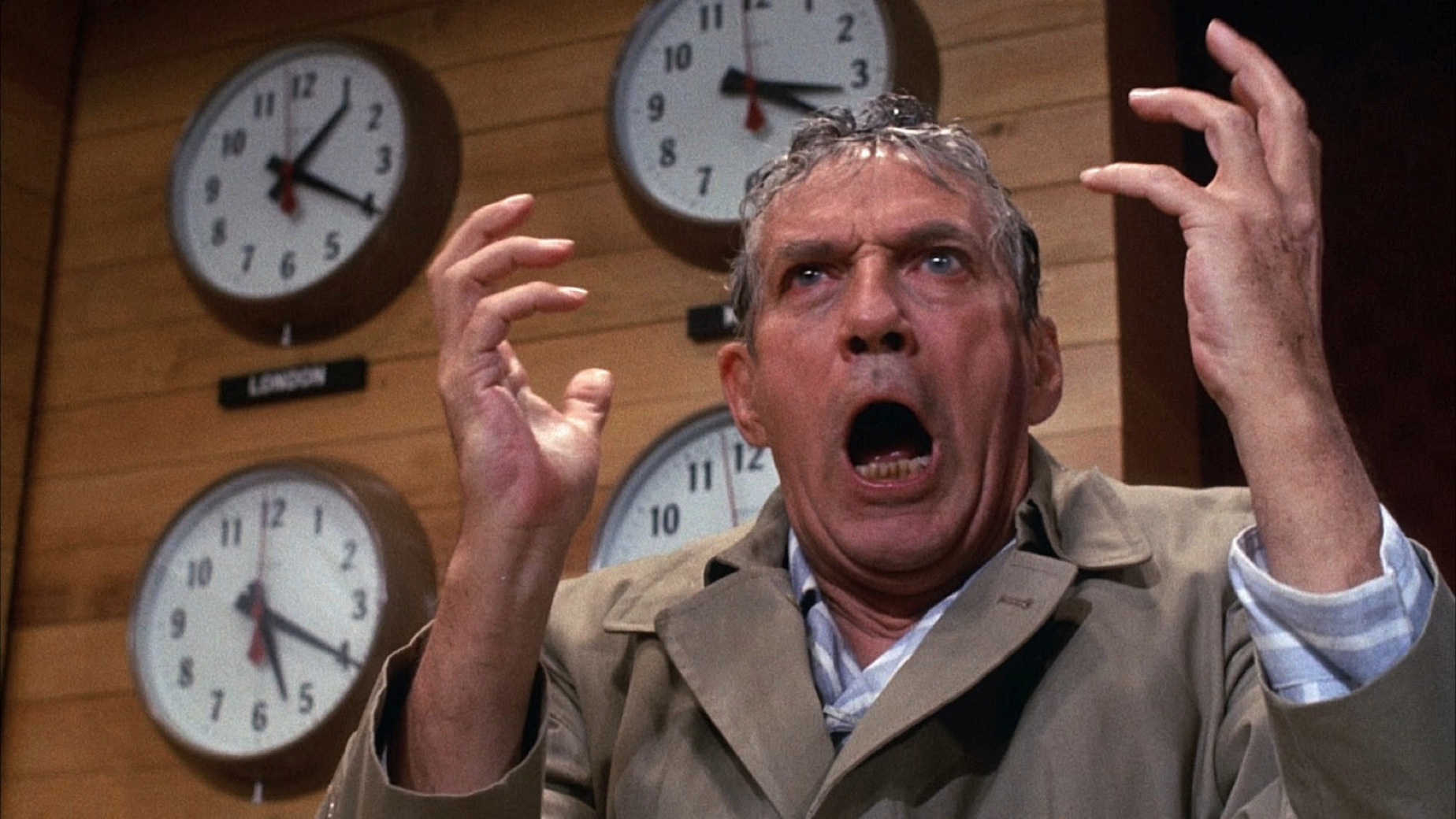
NETWORK
Director: Sidney Lumet
Year: 1976
There are so many scary things about NETWORK, a film that came out over 40 years ago, that I don’t even know where to begin. A biting satire from the famed director Sidney Lumet and written by Paddy Chayefsky, the 1976 classic has more than a few famous cast members: William Holden, Faye Dunaway, and Robert Duvall amongst others. Peter Finch, however, takes the cake in his final performance as Howard Beale, a news anchor gone insane who gives a desperate TV network the ratings they need to stay afloat. The network—United Broadcasting Station, or UBS—exploits Beale’s wild antics on screen to get more viewers, who are just as dubious about news, government, and corporations as we are today.
Like TRAINSPOTTING, there is nothing so scary about NETWORK overtly; in fact, you might laugh out loud at several scenes because they seem so ridiculous. Nevertheless, in today’s media-obsessed culture, most of us rely on quick sound bites from biased new channels instead of articles in impartial newspapers. Most of us have major distrust in and disillusionment with our government, regardless of what party one belongs to. Most of us would love to put our head out of the window and yell “I’m as mad as hell and I’m not going to take this anymore!,” so is the plot of NETWORK really that far-fetched? Today, we have even less of an attention span than in 1976 and, as Faye Dunaway’s character (the ambitious executive Diana Christensen) says: “TV is show biz . . . and even the news has to have a little showmanship.” If Lumet’s and Chayefsky’s vision of the future of television networks and news media isn’t scary to us today, then I don’t know what is.
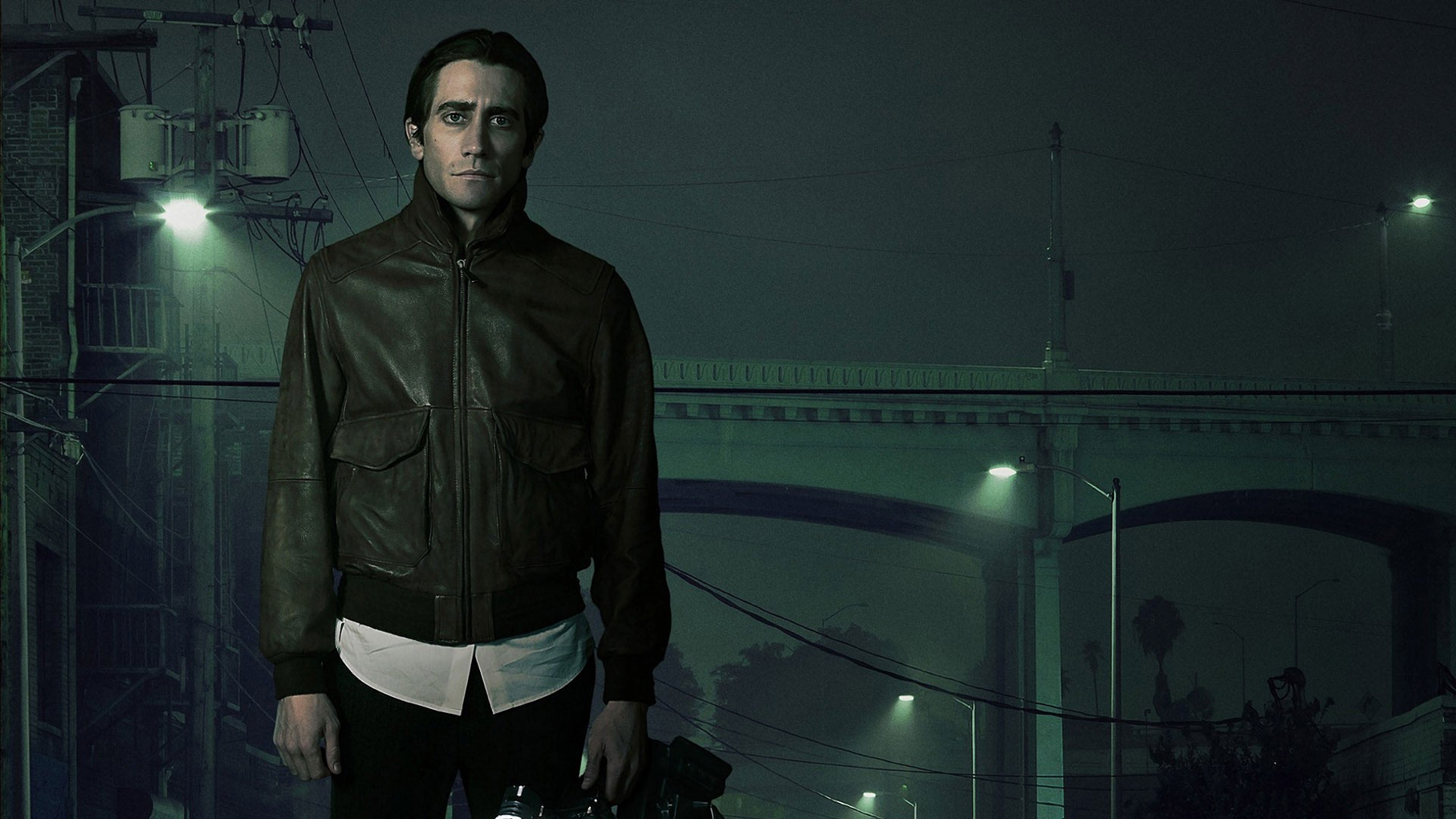
NIGHTCRAWLER
Director: Dan Gilroy
Year: 2014
Dan Gilroy’s directorial debut, NIGHTCRAWLER, goes about as close to a horror movie as you can get, from the opening scene to the end credits. Jake Gyllenhaal is haunting as Lou Bloom, a quiet sociopath roaming the Los Angeles underground searching for a job. Inspired by watching news of a car crash, Bloom decides to film breaking coverage of bloody accidents, grisly murders, and other incidents that are featured in daily news. When Lou asks TV producer Nina Romina (Rene Russo) what type of content he should turn in, she says: “Think of our news cast as a screaming woman running down the street with her throat cut.” Lou almost immediately responds, “I think I understand.”
No one says they want to see news of murder or car accidents, but Romina knows that violence and gore attract viewers: the bloodier, the better. What’s most shocking about NIGHTCRAWLER therefore isn’t Bloom, however terrifying he is; it’s the idea that producers like Romina use people like Bloom to get bloody coverage, no matter the cost. In the film, Bloom even starts recreating crime scenes to make them look better on camera and sell them at a higher rate. Ultimately, NIGHTCRAWLER is so terrifying because it shows a very dark and grim side of humanity, the side that makes us look at a crash that we drive by on the highway, the side that gathers crowds to crime scenes late at night.
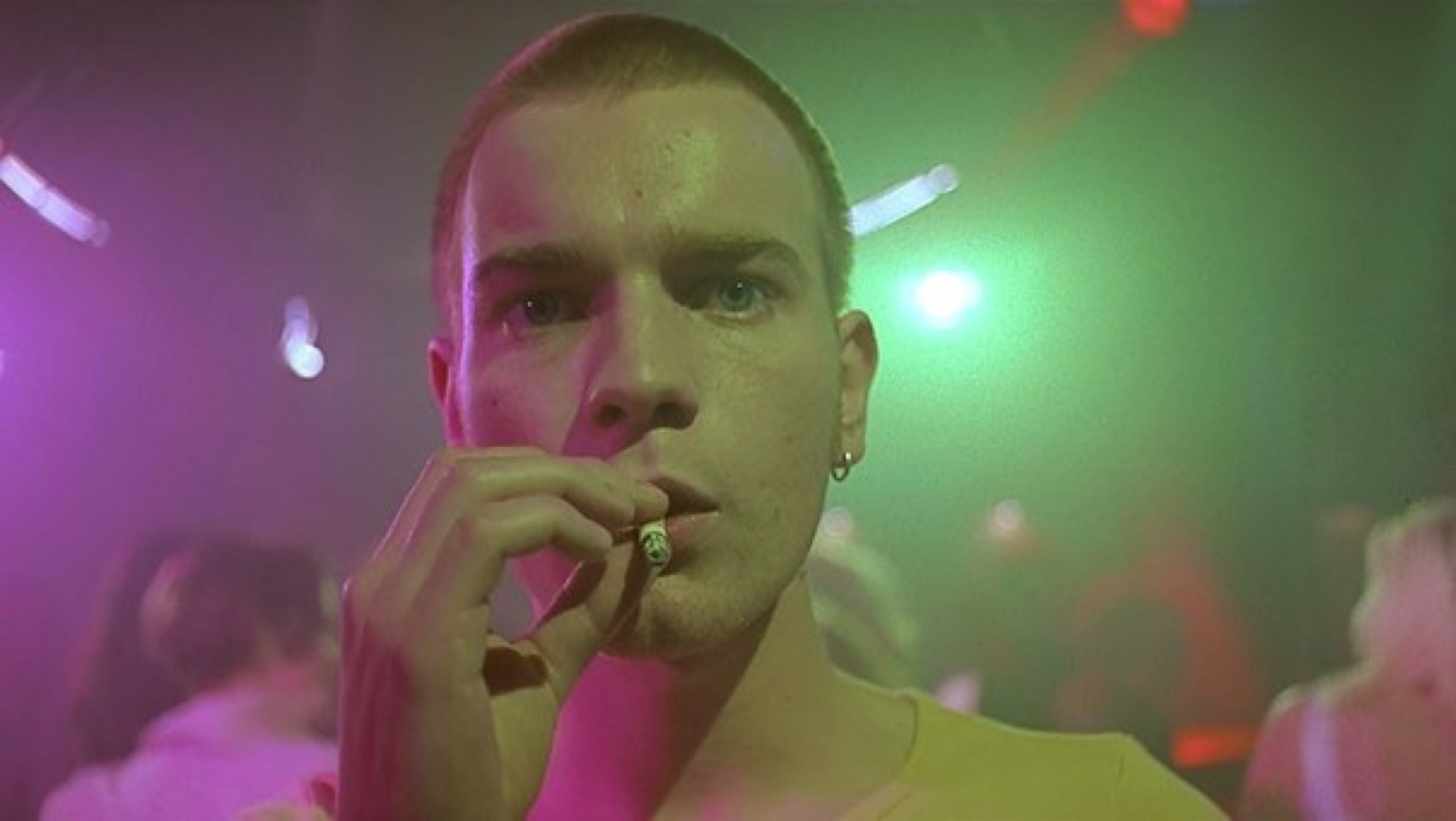
TRAINSPOTTING
Director: Danny Boyle
Year: 1996
We start our list with one of the most critically acclaimed and beloved British films of all time: TRAINSPOTTING. Based on Irvine Welsh’s eponymous novel, Danny Boyle’s sophomore feature stars Ewan McGregor as Renton, a young heroin user living in Scotland. Renton, throughout the course of the movie, tries to wean off the corrupting influence of both the drugs he is addicted to and the violent, criminal friends he can’t seem to get rid of. Listed as a dark comedy, TRAINSPOTTING may at first seem funny and light-hearted to an unsuspecting audience. However, as the film goes on, you start to realize you’re watching a very scary film indeed.
TRAINSPOTTING not only shows Renton’s vivid hallucinations as he forces himself to go cold turkey (a scene involving a baby on the ceiling, with references to THE EXORCIST, gave me chills). It not only has some flat-out gross scenes that make your stomach clench and your eyes to close in disgust. No, the real secret to the horror of TRAINSPOTTING is that it deals with addiction, something thousands of people go through every day, in a grotesquely real way. Drug use is portrayed as unglamorous and gritty, with little pleasure and much pain. It seems that, for both Renton and the viewer, addiction is inescapable, something that you can never truly put behind you no matter how far you go. Add in the horrid consequences of addiction—death, disease, and overdose—and you’ve got a potent combination: a film that could scare the most fervent drug user into rehab.
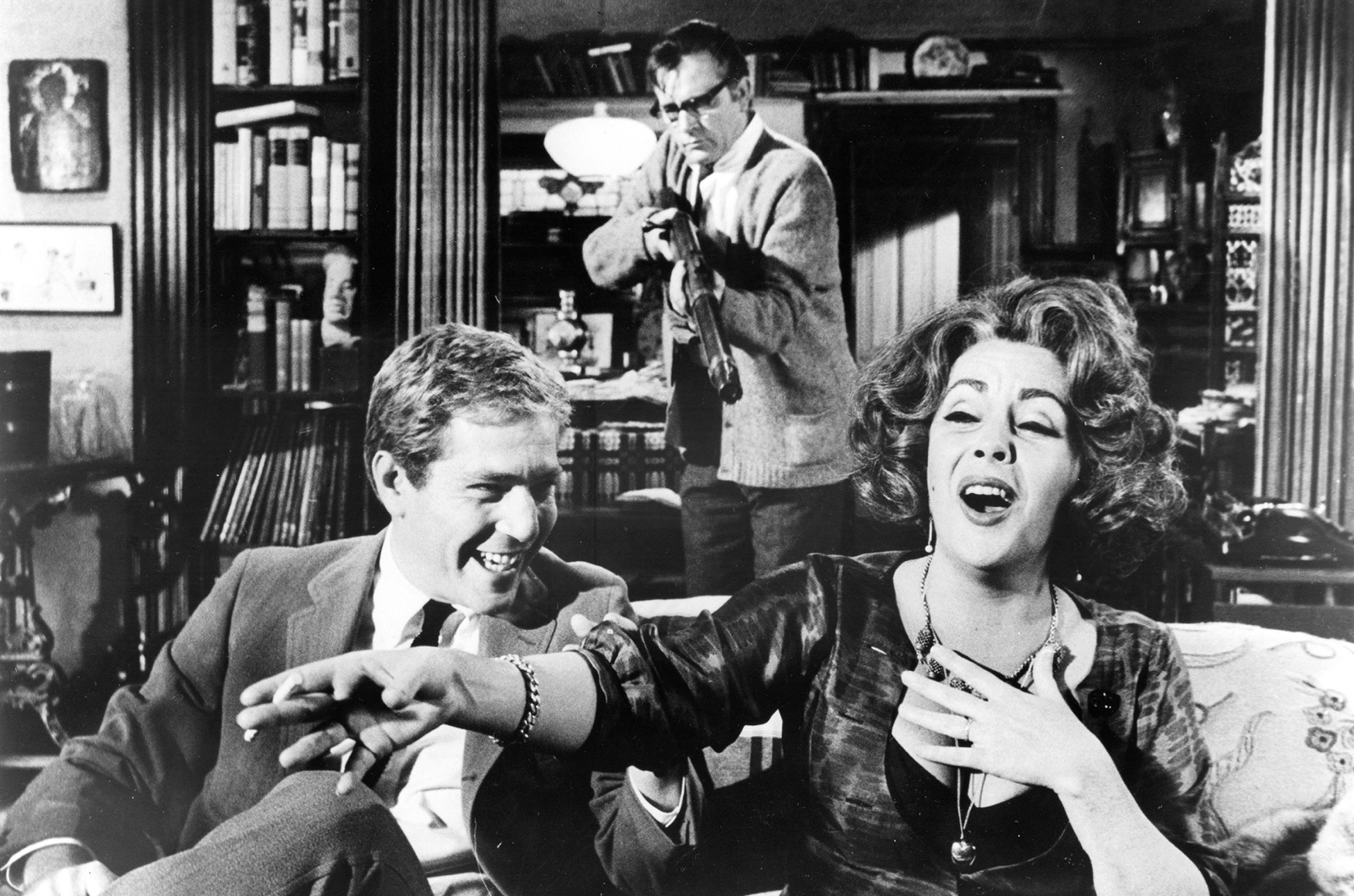
WHO’S AFRAID OF VIRGINIA WOOLF?
Director: Mike Nichols
Year: 1966
Imagine taking a bath in acid. I never have, but I’m guessing it brings the same amount of pain as watching WHO’S AFRAID OF VIRGINIA WOOLF?, whether it be for the first time or the 10th. Adapted from Edward Albee’s Tony Award-winning play of the same name, Mike Nichols’s first feature takes place over the course of a single night, where an unhappy older couple, George and Martha, invite over a younger couple, Nick and Honey, for drinks. As the night wears on, George and Martha slowly begin to pick at and tear apart Nick and Honey’s marriage to avoid facing the problems in their own crumbling relationship.
What makes WHO’S AFRAID OF VIRGINIA WOOLF a horror movie? For starters, it remains one of the most uncomfortable movies ever made. The four characters constantly yell and snap at each other, bringing their innermost weaknesses and secrets out in the open. More than that though, WHO’S AFRAID OF VIRGINIA WOOLF? is truly horrifying because it demonstrates how frail even the strongest of marriages can be. Nick and Honey seem to be a better couple at first, but their relationship is ultimately dragged through the mud by George and Martha. Indeed, George and Martha seem perfect for each other by the end; it’s clear they both love each other and only hurt each other to disguise their own inner inadequacies. If you’re at all tentative about getting married or even committing to a relationship, avoid this movie like the plague—it will scare the hell out of you.




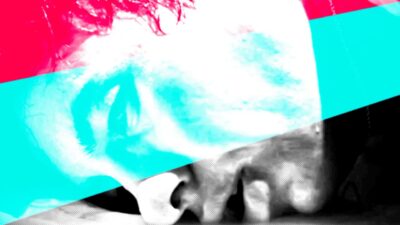


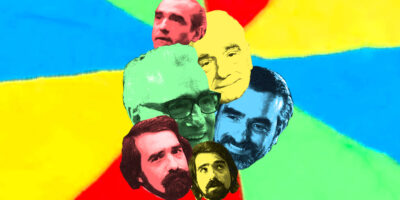






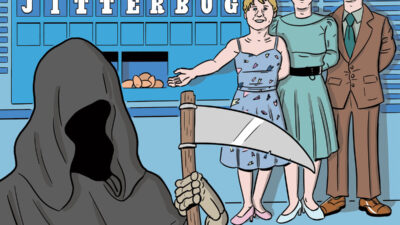

Comments